Transportation Research Part C Emerging Technologies
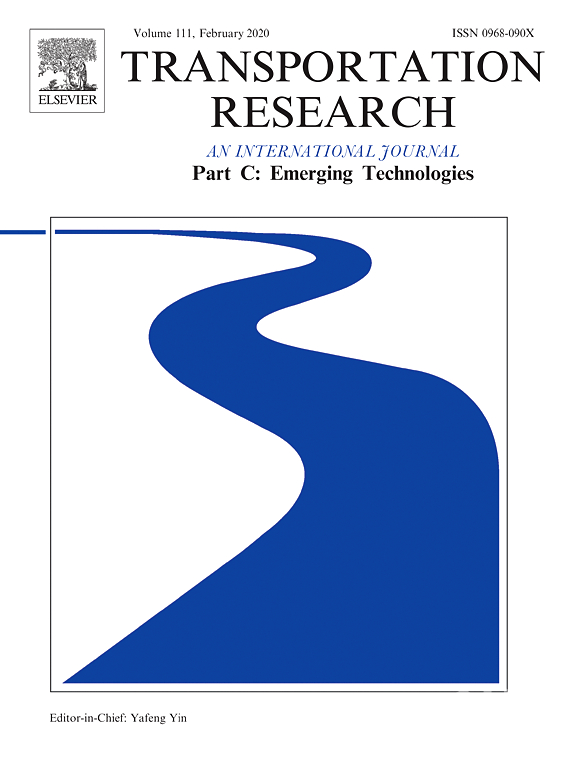
Imagine a world where traffic jams are relics of the past, where autonomous vehicles glide seamlessly through city streets, and where our transportation systems are not only efficient but also environmentally sustainable. This isn't a scene from a futuristic movie; it's a glimpse into the potential future being shaped by researchers in the field of transportation, particularly those whose work is showcased in journals like Transportation Research Part C: Emerging Technologies.
This journal serves as a critical platform for disseminating groundbreaking research on the latest advancements in transportation technology, influencing policy, and driving innovation across the globe. It’s where theoretical concepts meet practical applications, offering solutions to the complex challenges of moving people and goods in the 21st century.
The Rise of Smart Mobility
The term "smart mobility" has become increasingly prevalent in transportation discussions, and Transportation Research Part C is at the forefront of this revolution. Smart mobility encompasses a broad range of technologies and strategies aimed at improving the efficiency, safety, and sustainability of transportation systems.
The journal explores topics such as intelligent transportation systems (ITS), connected and autonomous vehicles (CAVs), and the integration of various modes of transport into cohesive networks. These technologies leverage data analytics, artificial intelligence, and advanced communication systems to optimize traffic flow, reduce congestion, and enhance safety for all road users.
One key area of focus is the development and deployment of CAVs. These vehicles have the potential to drastically alter the transportation landscape by reducing human error, improving fuel efficiency, and enabling new mobility services, especially for those who are mobility impaired.
Research published in the journal often examines the challenges associated with CAVs, including cybersecurity risks, ethical considerations, and the need for robust infrastructure to support their operation. Studies often discuss the societal impact of CAVs, exploring changes in employment, urban planning and accessibility.
Beyond the Road: Expanding Horizons
While road transportation remains a central theme, Transportation Research Part C also covers emerging technologies in other modes, including aviation, maritime, and rail. Researchers are investigating ways to improve efficiency, reduce emissions, and enhance safety in each of these domains.
For example, the journal features studies on the use of drones for delivery services, the development of autonomous ships for cargo transport, and the application of advanced sensors for infrastructure monitoring. Each mode faces unique challenges, and the journal's scope allows for a holistic view of the transportation ecosystem.
The integration of these modes is another crucial area of exploration. The concept of "multimodal transportation" emphasizes seamless connections between different transportation options, allowing travelers to choose the most efficient and convenient route for their specific needs.
This integration requires sophisticated planning, coordination, and communication, and Transportation Research Part C provides a platform for researchers to share their insights and best practices. Articles often address the challenge of creating interoperable systems that can handle the complexity of modern transportation networks.
Sustainability: A Driving Force
Sustainability is no longer a peripheral concern but a central driver of innovation in transportation. Transportation Research Part C plays a vital role in advancing research on environmentally friendly technologies and policies.
The journal features studies on the use of electric vehicles (EVs), the development of alternative fuels, and the implementation of sustainable transportation planning strategies. Researchers are exploring ways to reduce greenhouse gas emissions, minimize air pollution, and promote energy efficiency across the entire transportation sector.
For instance, articles often examine the lifecycle environmental impact of EVs, considering the manufacturing, operation, and disposal of batteries. The use of renewable energy sources to power transportation systems is another key area of focus.
Furthermore, the journal publishes research on the social and economic impacts of sustainable transportation policies. These studies help policymakers understand the potential benefits and challenges of adopting green transportation initiatives.
The Role of Data and Analytics
Data is the lifeblood of modern transportation systems. The ability to collect, analyze, and interpret vast amounts of data is essential for optimizing traffic flow, improving safety, and enhancing the overall efficiency of transportation networks.
Transportation Research Part C showcases cutting-edge research on the application of data analytics in transportation. This includes the use of machine learning algorithms to predict traffic congestion, the development of real-time information systems for travelers, and the analysis of sensor data to monitor infrastructure health.
One of the key challenges in this area is the need to ensure data privacy and security. As transportation systems become increasingly interconnected, it is crucial to protect sensitive information from cyber threats and unauthorized access. Articles in the journal often address these concerns, exploring the use of privacy-preserving technologies and robust cybersecurity protocols.
The journal also emphasizes the importance of data visualization and communication. Effective data visualization can help policymakers, transportation planners, and the general public understand complex transportation issues and make informed decisions.
Challenges and Opportunities
Despite the immense potential of emerging technologies, significant challenges remain. Transportation Research Part C serves as a platform for researchers to identify and address these challenges, paving the way for the successful implementation of new transportation solutions.
One major challenge is the need for infrastructure upgrades. Many existing transportation systems were not designed to accommodate CAVs, EVs, or other advanced technologies. Investment in new infrastructure and the modernization of existing infrastructure are essential for realizing the full potential of these innovations.
Another challenge is the need for collaboration between researchers, policymakers, and industry stakeholders. The development and deployment of new transportation technologies require a coordinated effort involving all parties.
The journal fosters this collaboration by providing a forum for researchers to share their findings with policymakers and industry leaders. The journal aims to facilitate discussions and debates that shape the future of transportation.
Despite these challenges, the opportunities are vast. Emerging technologies have the potential to transform transportation systems, creating safer, more efficient, and more sustainable networks. Transportation Research Part C plays a crucial role in driving this transformation by disseminating cutting-edge research and fostering collaboration among key stakeholders.
The journal, by fostering discussion and showcasing innovation, acts as a catalyst, encouraging forward thinking and problem solving in a field with enormous influence over our daily lives. It’s a beacon for researchers and practitioners alike, illuminating the path towards a transportation future that's not only technologically advanced but also equitable, sustainable, and truly serves the needs of all.
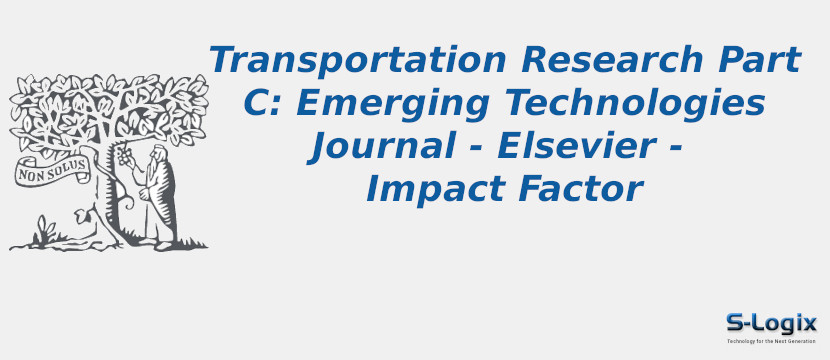

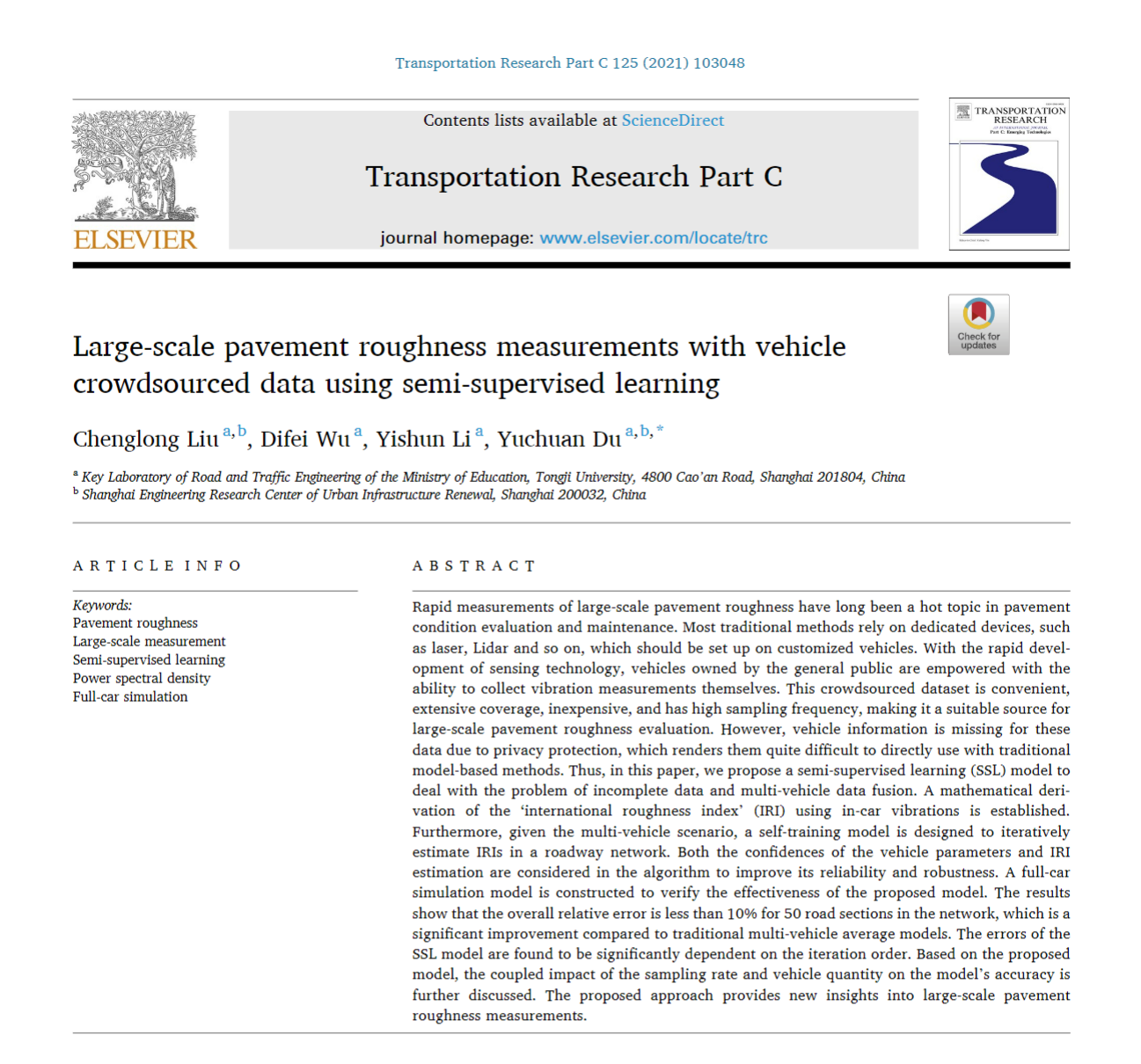
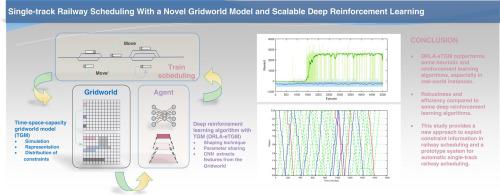

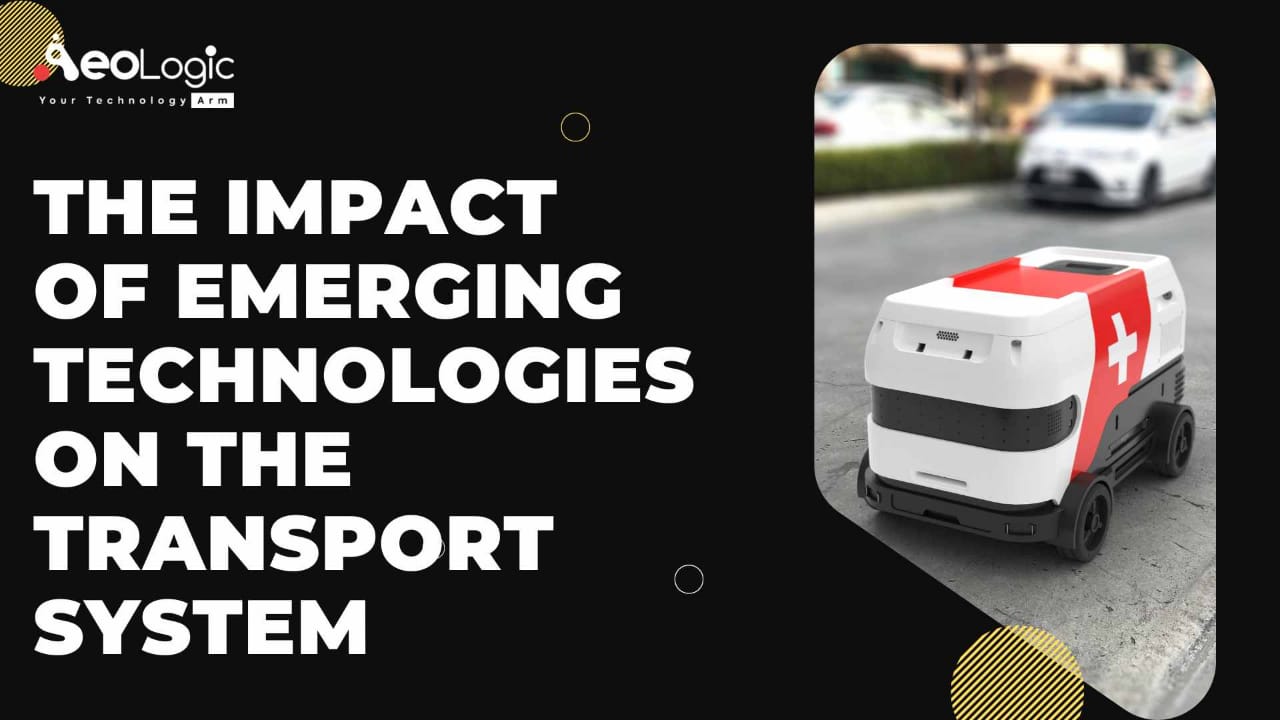
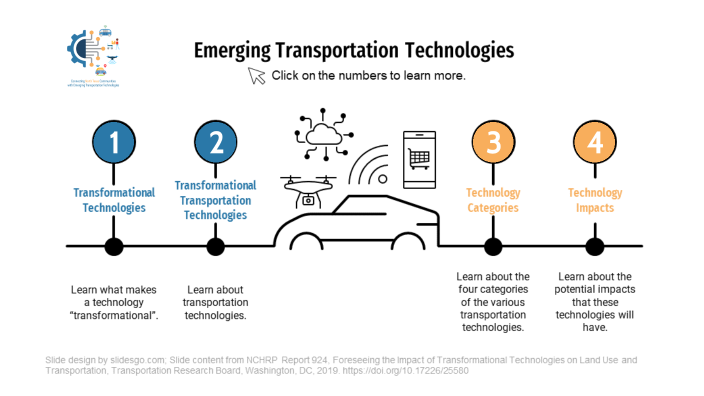

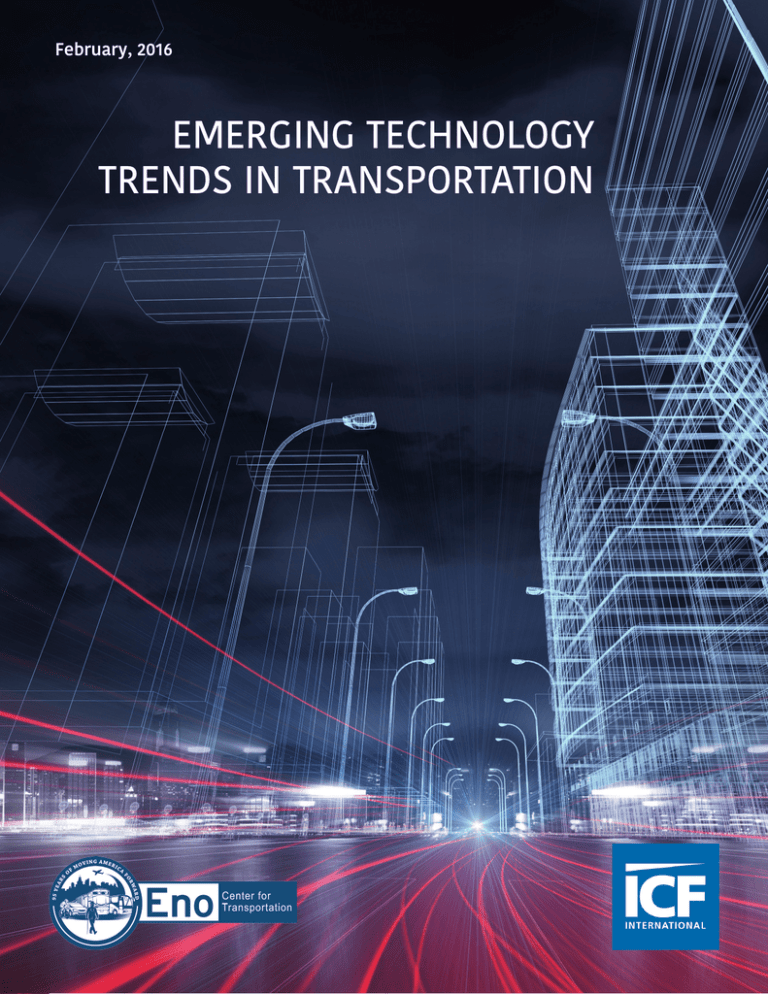


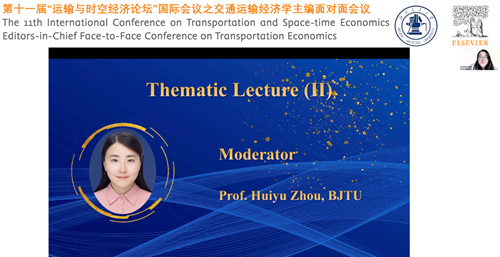


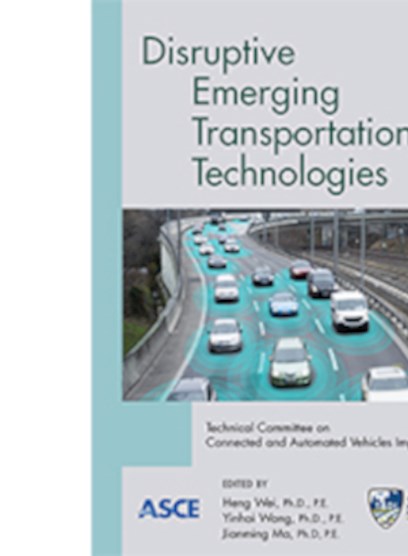


.png)
